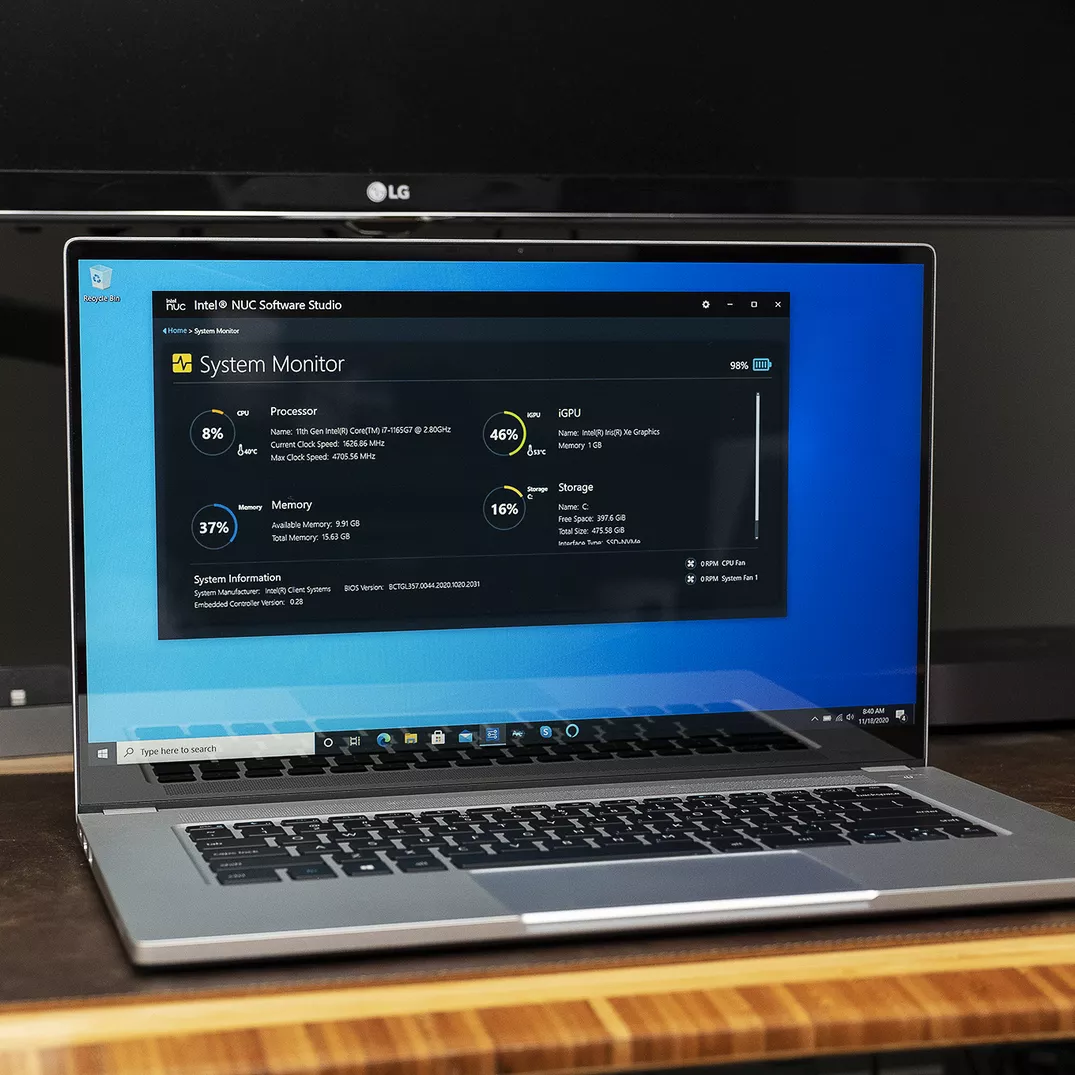
Today on Habré the news was published that Intel presented a new laptop, NUC M15. But what is this device? It's not just a laptop, but rather a platform that serves as a kind of template for third-party companies. Intel invites them to develop their own device configurations based on the proposed reference.
With the NUC M15, small businesses will be able to compete seriously with large laptop makers, including HP and Dell. The new laptop is an extension of the NUC or Next Unit of Computing line. Intel has two goals in this. The first is to help small laptop developers resist the giants - especially Dell and HP. The second is to make your new platform as widespread and competitive as possible with new ARM-based solutions.
What kind of opposition?
Intel does not really like the situation when, according to the results of the III quarter, HP owns 26.42% of the world notebook market, and Dell - 14.79%. In addition, Intel has serious competitors with its own platforms, so the company is going to be active in order not only to maintain its current position in the market, but also, probably, to strengthen them.
It is worth noting that the NUC M15 was announced just two weeks after the announcements of the world's first ARM laptops and nettops from Apple. This company gave up using Intel processors this summer. So now it launches the MacBook Air, MacBook Pro 13 and Mac mini based on its own M1 chip. In the near future, Apple is going to completely switch to ARM. It may well be that other manufacturers will follow Apple's lead.
Incidentally, last year Intel has already attempted to capture market share in gaming laptops with the release of the MAG-15. BUT this game model hasn't become particularly popular. Gaming PCs based on it began to be produced by small PC manufacturers, including Schenker in Europe, as well as Eluktronics and Maingear in the United States.
NUC M15 - so what is it?
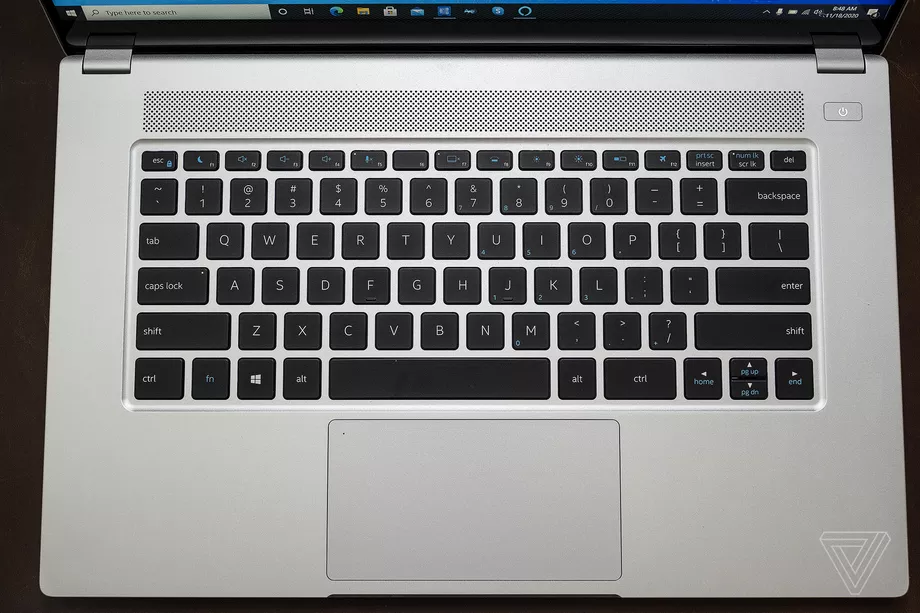
First of all, this is a premium laptop with excellent performance at an affordable price. First of all, it is intended for users who need to keep the bar in terms of productivity of the work performed.
Characteristics:
- 15.6-inch 1080p IPS display. There is an option with or without a touch screen.
- The 73 Wh battery, which, according to the developers, should last up to 16 hours of battery life.
- 11th Gen Intel Core i5-1135G7 or i7-1165G7 processor.
- , Nvidia — Iris Xe.
- — 8 16 , , . DDR4-3200 LPDDR4x-4266.
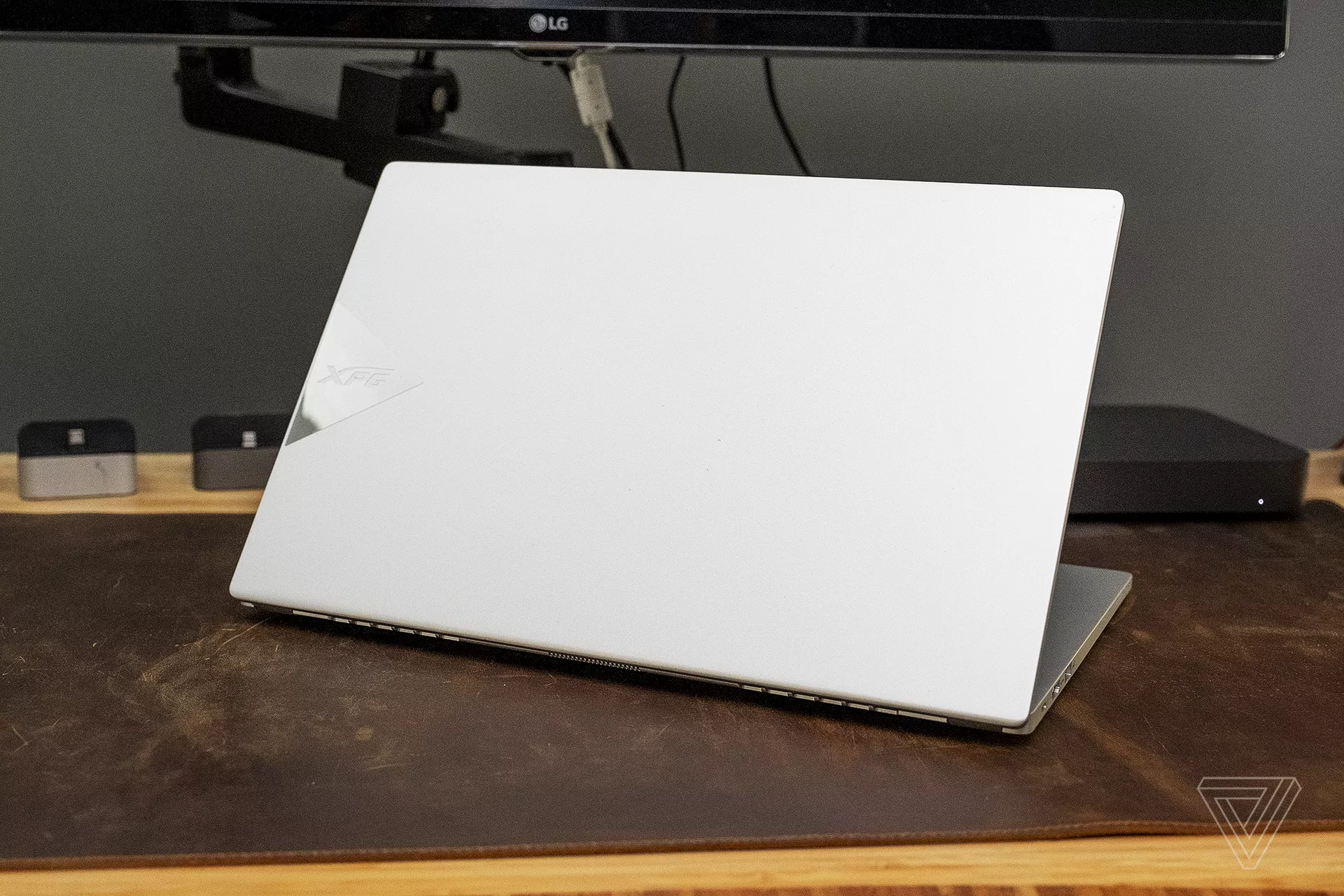
All this is packaged in an aluminum case about one and a half mm thick and weighing 1.65 kg. Performance is at a premium level. The platform is based on Intel Tiger Lake. It is used by a large number of large, medium and small manufacturers, including Acer, Asus and Dell with HP Inc.
The platform will come in two trim levels - with 10nm processors Core i5-1135G7 or i7-1165G7. In this case, the frequency of the first is from 2.4 to 4.2 GHz, and the second is from 2.8 to 4.7 GHz. The chips have 8 and 12 MB of L3 cache.
As for the screen, the system supports Full HD resolution - 1920 x 1080 pixels. There are no other options, for example, systems with a 4K matrix. The viewing angles vertically and diagonally are 178 degrees.
The interfaces are brought out to the side ends, there are not so many of them here. There are two USB-C ports with accelerated charging support, plus two USB-A ports with up to 10 Gbps bandwidth. The developers also provided HDMI for connecting a display, not forgetting about the audio jack.
What's interesting about this device is the lack of a separate power connector. Therefore, to charge the device, you will have to use one of the USB-C ports. There is no Ethernet port or memory card slot here. It is not very convenient, but do not forget that this is only a template, on the basis of which you can release models that are arbitrarily rich in interfaces.
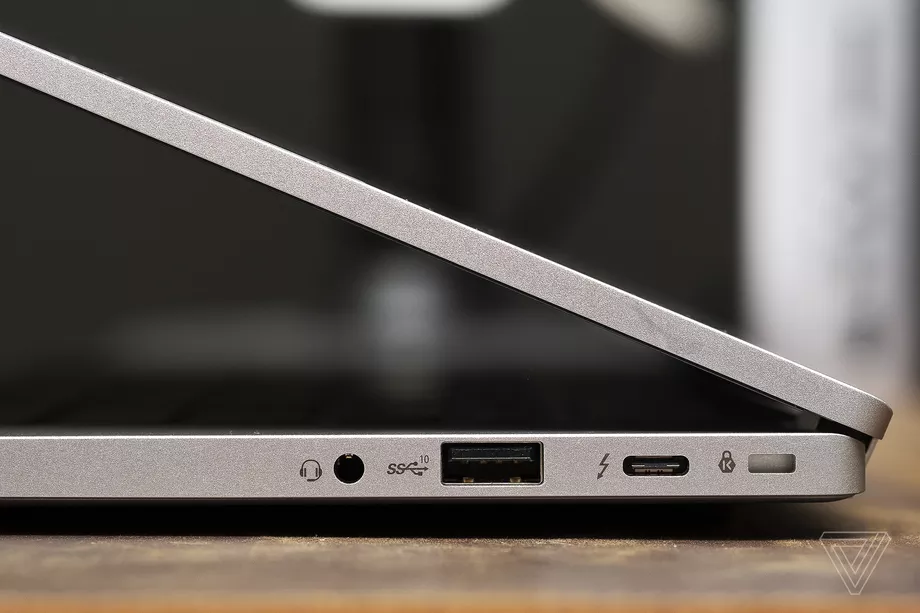
Unfortunately, the laptop has not yet passed the Evo branding certification, but it and its derivatives are expected to comply. That means around 9 hours of battery life, fast charging, WiFi 6, and other modern features. Intel expects partners to meet Evo branding criteria for their M15-based devices.
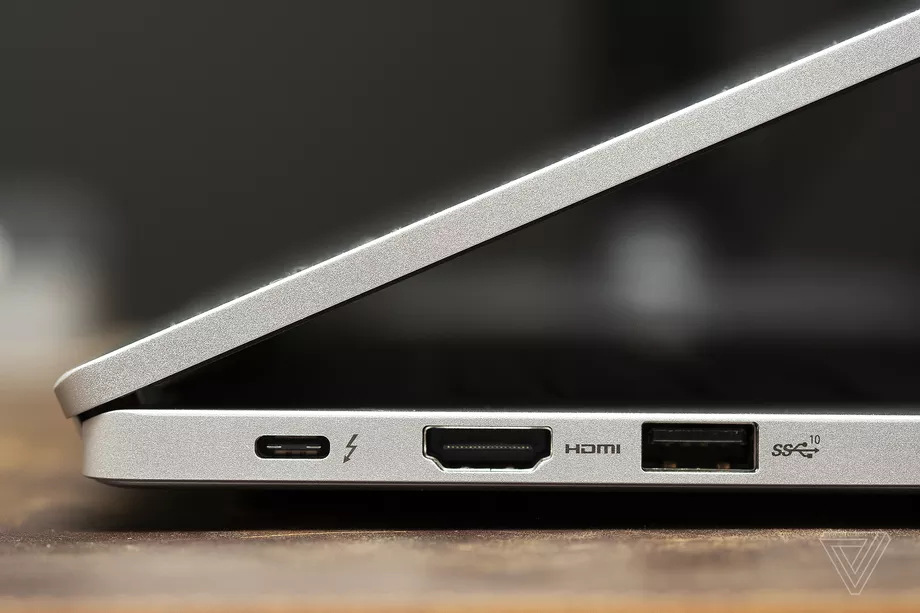
There is no exact information yet, but according to rumors one of the companies, a subsidiary of A-Data, has already developed a laptop based on the new platform. This device was tested by TheVerge journalists and received a positive review.
What about the price?
M15-based laptops will cost from $ 999 to $ 1499, depending on configuration. As is usually the case, manufacturers will lower the bar over time, so that such a device can be purchased for a much more modest amount.
In general, even now the price is somewhat lower than for devices with similar characteristics from other manufacturers. Not much, but still lower.
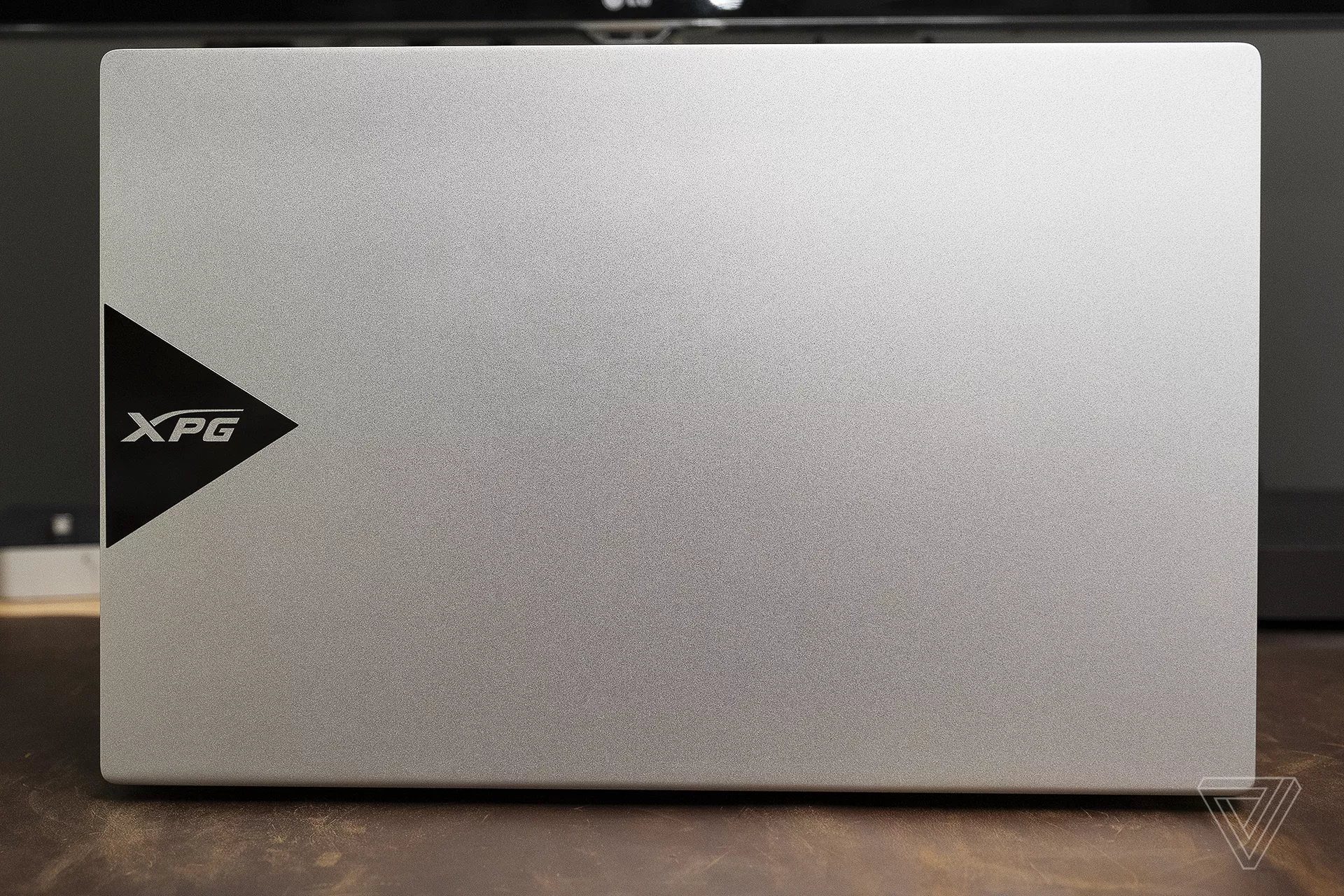
Support and prospects
Intel promises full support, including drivers, for all companies that decide to use the M15 to develop new devices.
In the near future, Intel intends to bring more models of the NUC line to the market, counting on the popularization of both this scheme of work and its own platform. At the same time, the company believes that large manufacturers are not too interested, therefore, as mentioned above, the reckoning is on small developers of computer hardware.
As far as we can tell, there will be intense competition between the developers of different platforms, so it will be interesting to follow this.
